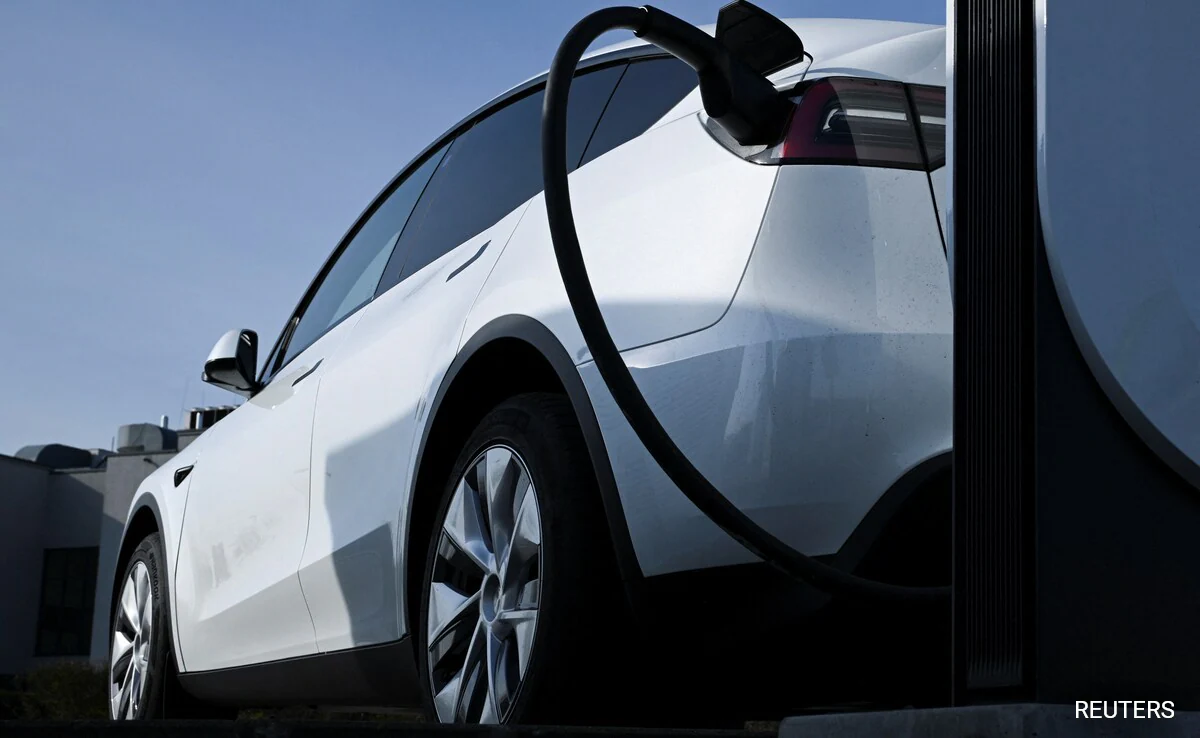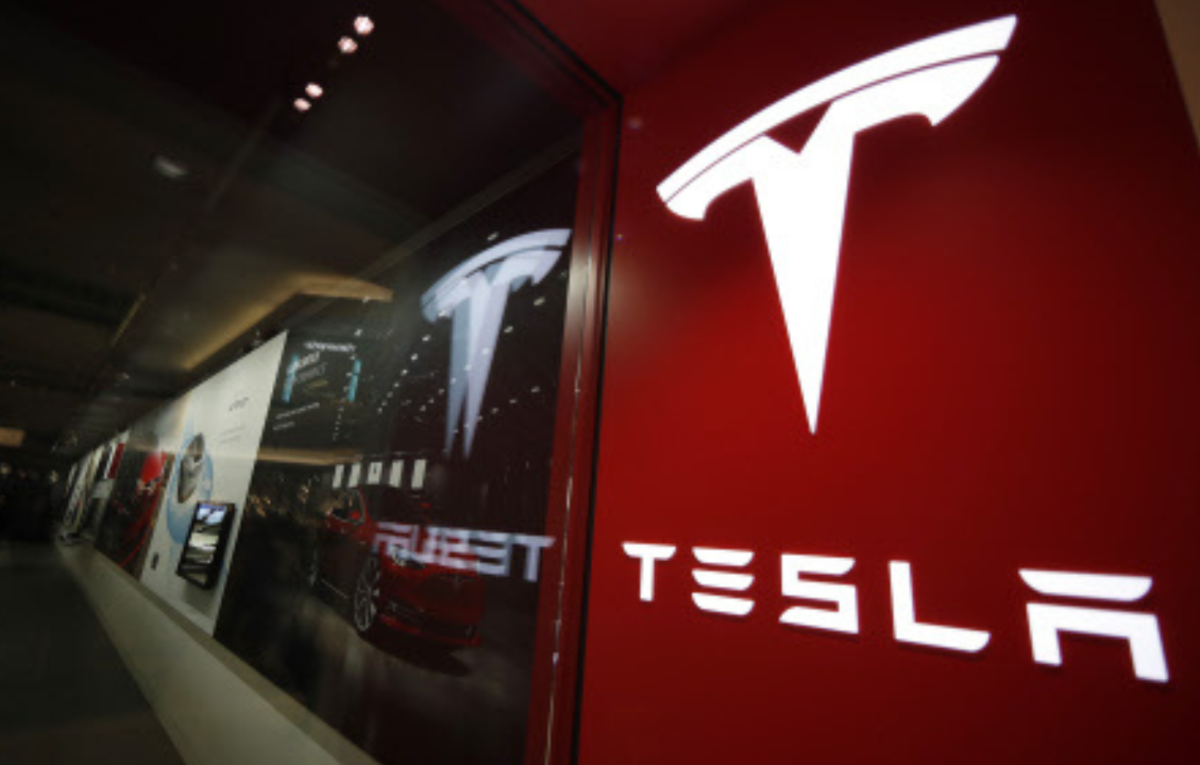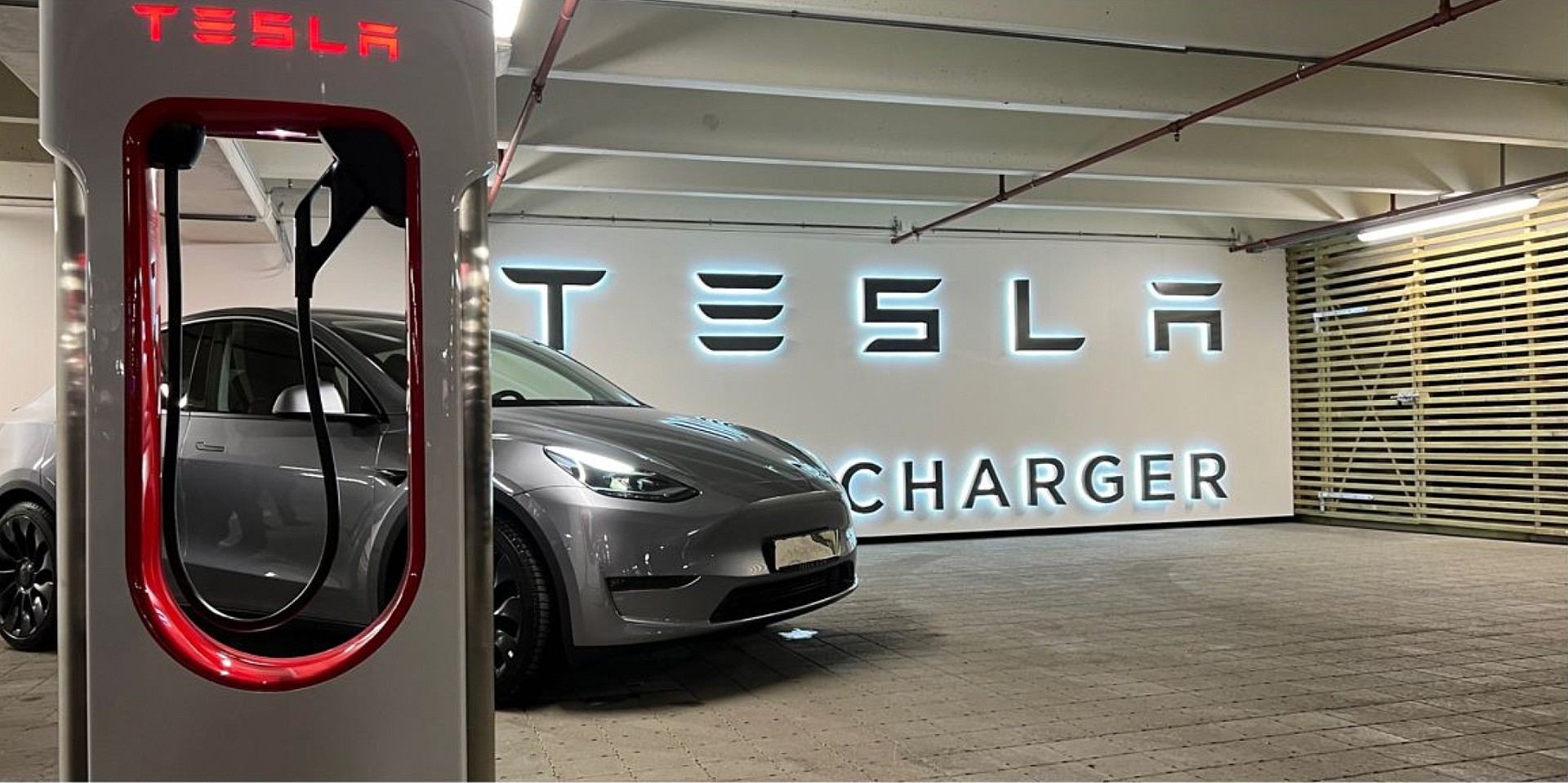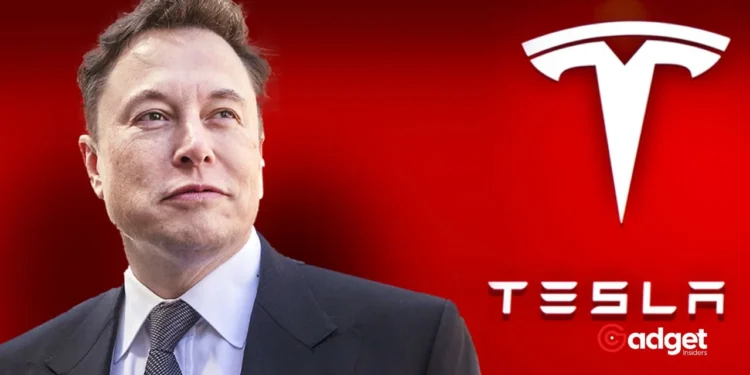Last week’s news that Tesla, the titan of electric vehicles, has disbanded its entire charging team has sent shockwaves through the industry. This decision comes at a pivotal moment, just as the demand for more efficient and widespread EV charging solutions is becoming increasingly critical. company, known for its vast network of Superchargers, has been instrumental in setting benchmarks for charging technology, making this development particularly disconcerting for EV proponents.
The timing of company’s layoffs could not be more perplexing. With a mission to open its charging network to other automakers and set its technology as the standard in the U.S., the company’s sudden retreat from expanding its charging infrastructure raises questions and concerns. Reports of canceled Supercharger sites are already surfacing, painting a grim picture for the immediate future of Tesla’s charging capabilities.

The Evolution and Impact of Tesla’s Supercharger Network
Introduced in 2012, the Supercharger network was a game-changer, propelling company to the forefront of the EV market. With over 50,000 Superchargers worldwide, company not only led the way in fast charging technology but also greatly alleviated the anxieties associated with EV ownership, such as range anxiety. The network’s seamless integration with Tesla’s navigation systems has made locating charging points worry-free, contributing significantly to the brand’s appeal and user satisfaction.
However, this network has been exclusive to Tesla users for a long time, a limitation that the company had only recently begun to address. Last year, Tesla made strides towards inclusivity by opening some of its stations to all EVs—a move aimed partly at tapping into government incentives for building public charging stations.

Broadening Horizons and the Shift in Strategy
As Tesla pivots towards maintaining its existing infrastructure rather than expanding, the broader implications for the EV market are significant. This shift suggests a potential stalling in the growth of accessible, reliable charging solutions at a time when they are most needed.
The National Renewable Energy Laboratory underscores this need, indicating that the U.S. will require approximately 1.2 million public chargers by 2030 to keep pace with EV adoption targets. Currently, only 170,000 charging ports are installed nationwide.
This gap in infrastructure is a major barrier to EV adoption, with a recent poll showing nearly 80% of U.S. adults citing the lack of sufficient charging infrastructure as a primary concern preventing them from purchasing an EV. This concern is consistent across urban, suburban, and rural residents alike, highlighting the widespread nature of the problem.
Tesla charging chief Rebecca Tinucci cut 15-20% of her team after Musk demanded it.
She felt that would justify a major Supercharger network expansion, but when she met with Musk he wanted more layoffs. When she pushed back, he fired the whole team. https://t.co/ibzaQFRfch
— Paris Marx (@parismarx) May 15, 2024
Tesla’s Financial Perspective and Strategic Decisions
Despite the critical role of the Supercharger network, it represents a minor fraction of Tesla’s overall revenue—approximately 1.5% from charging services last year. With the potential to increase this revenue to $7.4 billion annually by the end of the decade, the financial benefits of opening up the network to other automakers are clear. However, Elon Musk’s focus seems to veer towards more innovative and potentially lucrative projects like robotaxis.
This strategic decision might be seen as a retreat from the labor-intensive and less profitable endeavor of building and maintaining a comprehensive public charging network. The recent layoffs and the scaling back of new installations only add to the perception that Tesla is stepping back from a leadership role in this critical area.
The Road Ahead for EV Charging Infrastructure

The recent developments at Tesla serve as a wake-up call to the industry and policymakers. It’s clear that the journey towards comprehensive EV adoption is not just about manufacturing more electric cars but also about ensuring the supporting infrastructure keeps pace. As Tesla reevaluates its role in this ecosystem, other companies and startups may find opportunities to innovate and fill the void left by Tesla’s scaled-back expansion plans.
The future of EV charging must not rely solely on one company; it requires a collective effort from various stakeholders, including automakers, tech companies, and governments. Ensuring the deployment and maintenance of robust, accessible charging solutions will be critical in achieving the broader goals of reducing carbon emissions and transitioning to sustainable transportation.
In conclusion, while Tesla has undoubtedly led the charge in revolutionizing the EV industry, the road ahead will necessitate a more collaborative and diversified approach to developing EV infrastructure. As the industry evolves, the focus must shift from pioneering exclusive technologies to fostering an environment where innovation and accessibility go hand in hand.









